In light of recent events, I am republishing.]
By Catherine Austin Fitts
In the fall of 2001 I attended a private investment conference in London to give a paper, The Myth of the Rule of Law or How the Money Works: The Destruction of Hamilton Securities Group.
The presentation documented my experience with a Washington-Wall Street partnership that had:
- Engineered a fraudulent housing and debt bubble;
- Illegally shifted vast amounts of capital out of the U.S.;
- Used “privitization” as a form of piracy – a pretext to move government assets to private investors at below-market prices and then shift private liabilities back to government at no cost to the private liability holder.
Other presenters at the conference included distinguished reporters covering privatization in Eastern Europe and Russia. As the portraits of British ancestors stared down upon us, we listened to story after story of global privatization throughout the 1990s in the Americas, Europe, and Asia.
Slowly, as the pieces fit together, we shared a horrifying epiphany: the banks, corporations and investors acting in each global region were the exact same players. They were a relatively small group that reappeared again and again in Russia, Eastern Europe, and Asia accompanied by the same well-known accounting firms and law firms.
Clearly, there was a global financial coup d’etat underway.
The magnitude of what was happening was overwhelming. In the 1990’s, millions of people in Russia had woken up to find their bank accounts and pension funds simply gone – eradicated by a falling currency or stolen by mobsters who laundered money back into big New York Fed member banks for reinvestment to fuel the debt bubble.
Reports of politicians, government officials, academics, and intelligence agencies facilitating the racketeering and theft were compelling. One lawyer in Russia, living without electricity and growing food to prevent starvation, was quoted as saying, “We are being de-modernized.”
Several years earlier, I listened to three peasant women describe the War on Drugs in their respective countries: Colombia, Peru, and Bolivia. I asked them, “After they sweep you into camps, who gets your land and at what price?” My question opened a magic door. They poured out how the real economics worked on the War on Drugs, including the stealing of land and government contracts to build housing for the people who are displaced.
At one point, suspicious of my understanding of how this game worked, one of the women said, “You say you have never been to our countries, yet you understand exactly how the money works. How is this so?” I replied that I had served as Assistant Secretary of Housing at the US Department of Housing and Urban Development (HUD) in the United States where I oversaw billions of government investment in US communities. Apparently, it worked the same way in their countries as it worked in mine.
I later found out that the government contractor leading the War on Drugs strategy for U.S. aid to Peru, Colombia and Bolivia was the same contractor in charge of knowledge management for HUD enforcement. This Washington-Wall Street game was a global game. The peasant women of Latin America were up against the same financial pirates and business model as the people in South Central Los Angeles, West Philadelphia, Baltimore and the South Bronx.
Later, courageous reporting by several independent investigative reporters confirmed in detail that the privatization and economic warfare model I discussed in London had deep roots in Latin America.
We were experiencing a global “heist”: capital was being sucked out of country after country. The presentation I gave in London revealed a piece of the puzzle that was difficult for the audience to fathom. This was not simply happening in the emerging markets. It was happening in America, too.
I described a meeting that had occurred in April 1997, more than four years before that day in London. I had given a presentation to a distinguished group of U.S. pension fund leaders on the extraordinary opportunity to re-engineer the U.S. federal budget. I presented our estimate that the prior year’s federal investment in the Philadelphia, Pennsylvania area had a negative return on investment.
We presented that it was possible to finance places with private equity and re-engineer the government investment to a positive return and, as a result, generate significant capital gains. Hence, it was possible to use U.S. pension funds to significantly increase retirees’ retirement security by successfully investing in American communities, small business and farms — all in a manner that would reduce debt, improve skills, and create jobs.
The response from the pension fund investors to this analysis was quite positive until the President of the CalPERS pension fund — the largest in the country — said, “You don’t understand. It’s too late. They have given up on the country. They are moving all the money out in the fall [of 1997]. They are moving it to Asia.”
Sure enough, that fall, significant amounts of moneys started leaving the US, including illegally. Over $4 trillion went missing from the US government. No one seemed to notice. Misled into thinking we were in a boom economy by a fraudulent debt bubble engineered with force and intention from the highest levels of the financial system, Americans were engaging in an orgy of consumption that was liquidating the real financial equity we needed urgently to reposition ourselves for the times ahead.
The mood that afternoon in London was quite sober. The question hung in the air, unspoken: once the bubble was over, was the time coming when we, too, would be “de-modernized?”
In 2009 — more than seven years later — this is a question that many of us are asking ourselves.
Part II: Rethinking Diversification
Related Reading:
Dillon, Read & Co. Inc. and the Aristocracy of Stock Profits



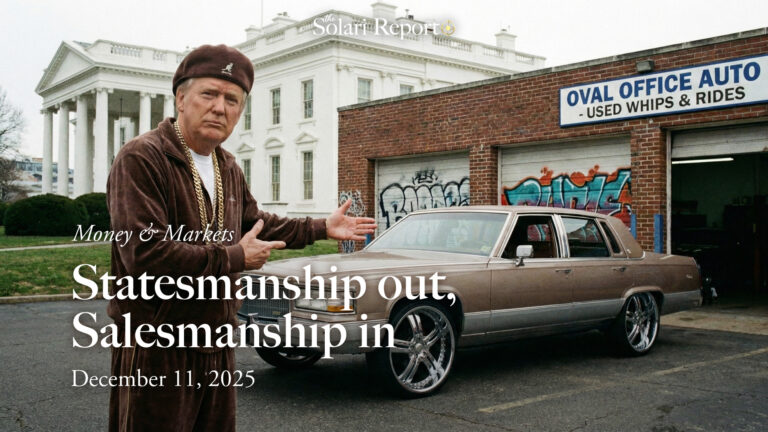
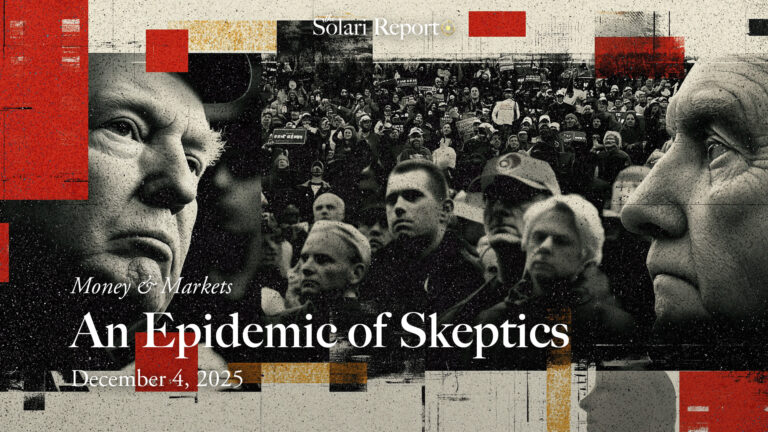

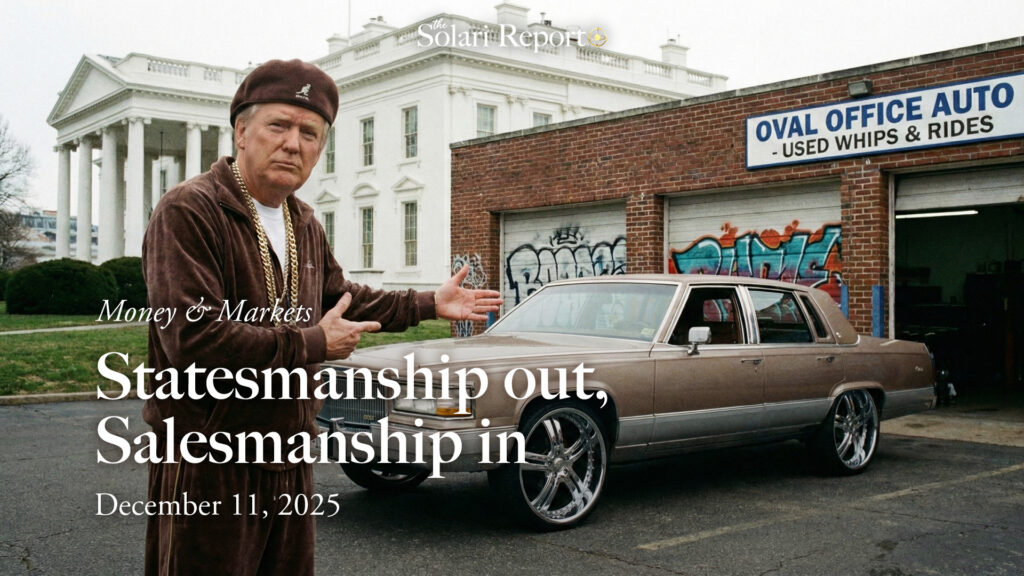
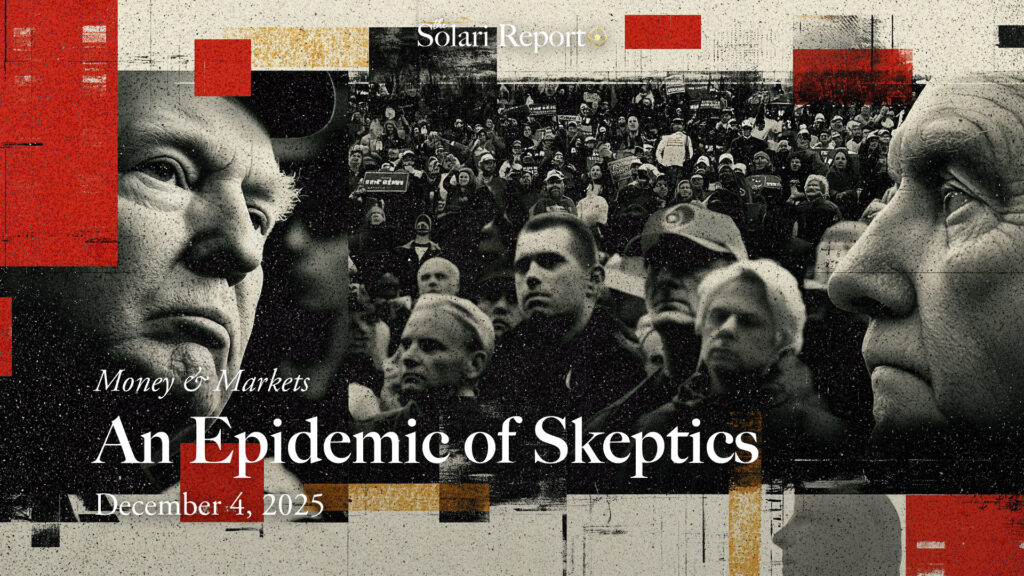



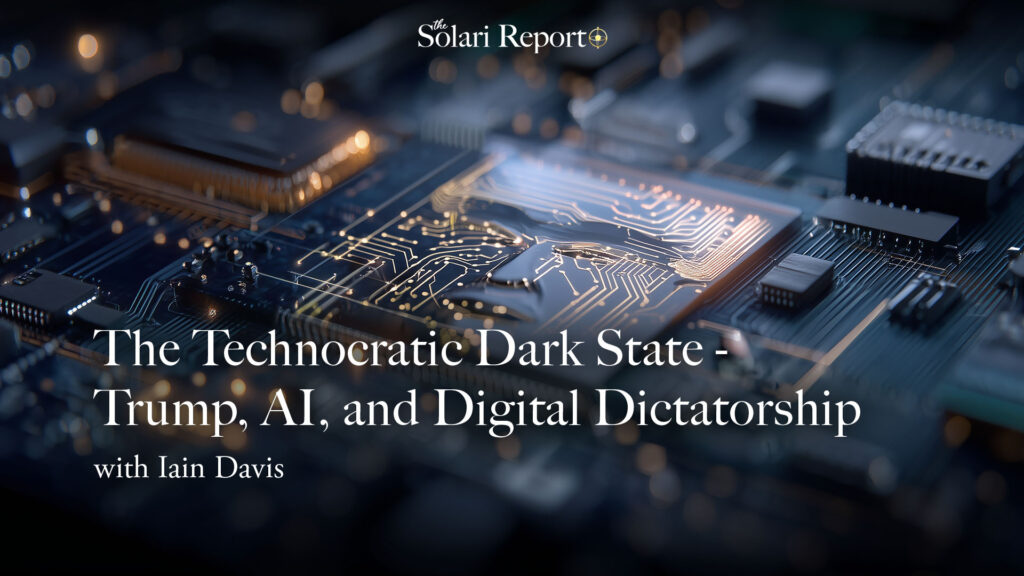


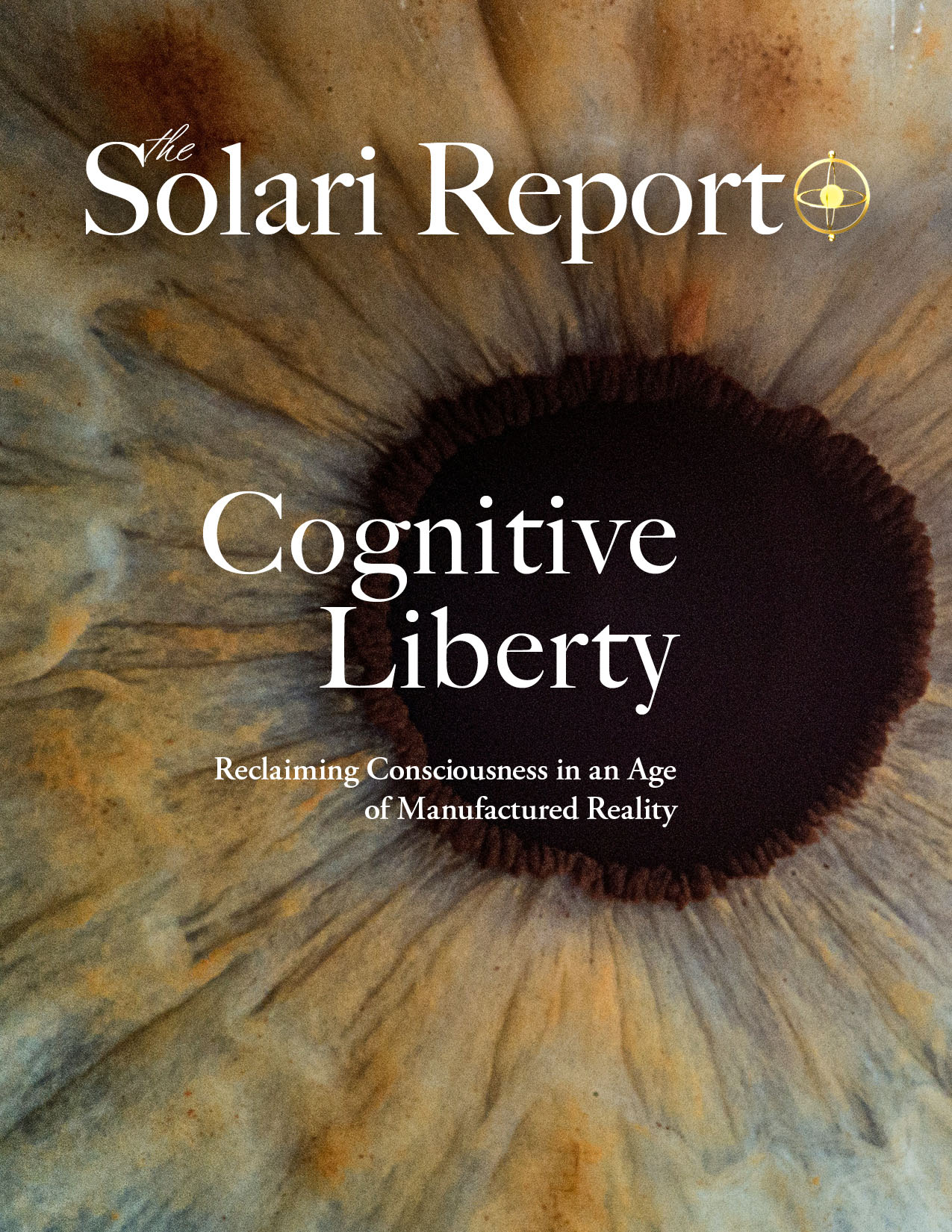
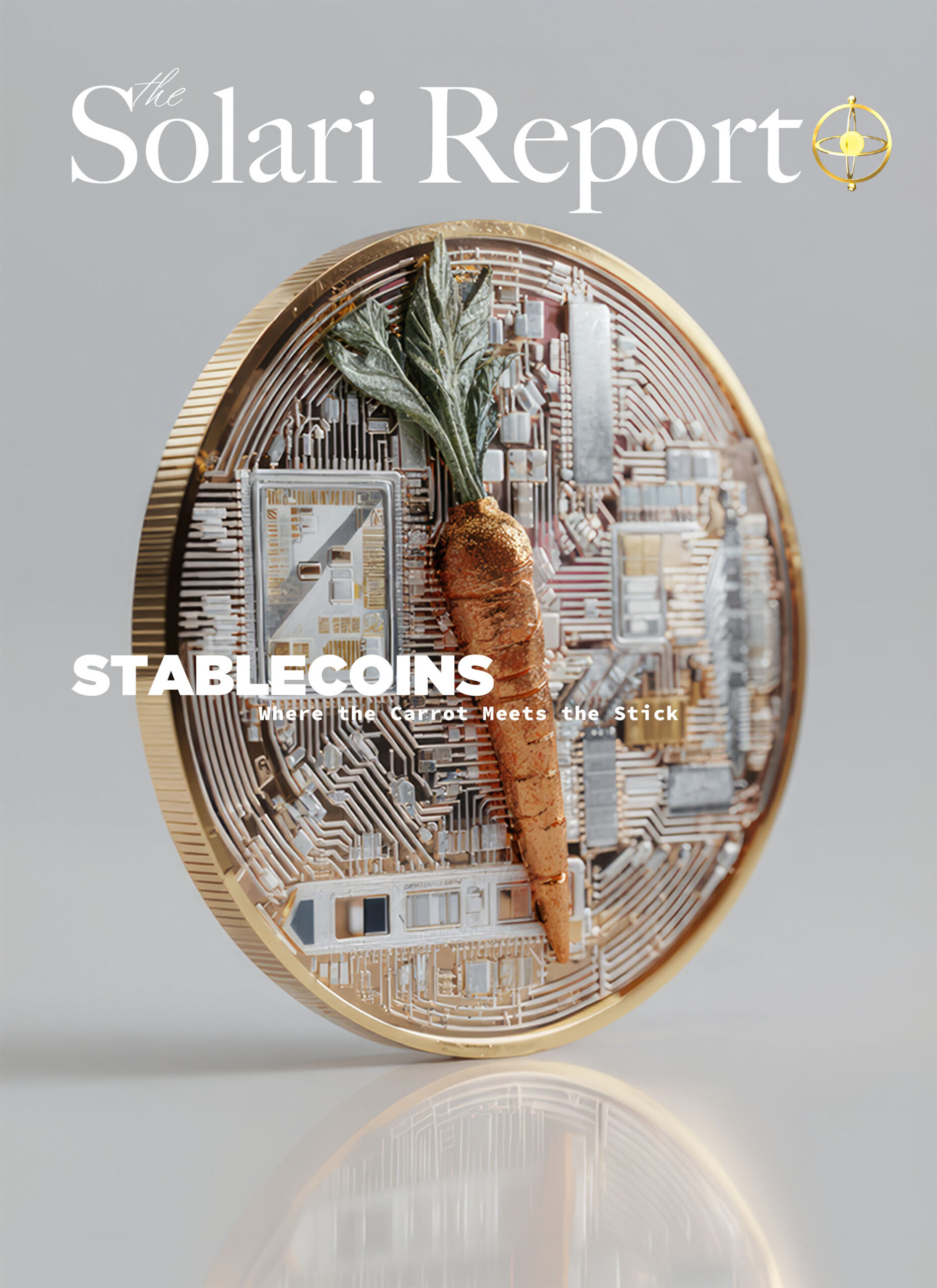



















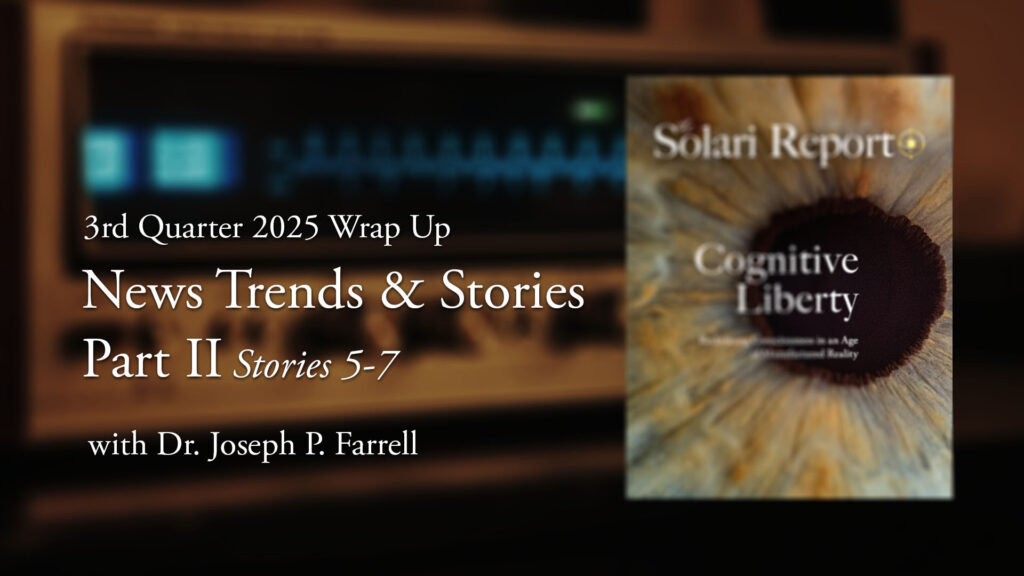
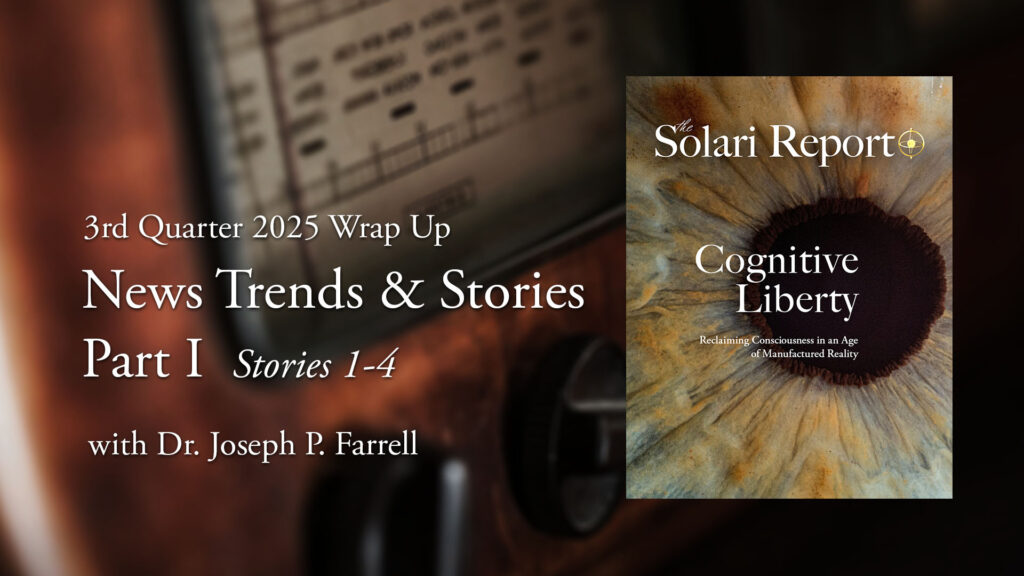

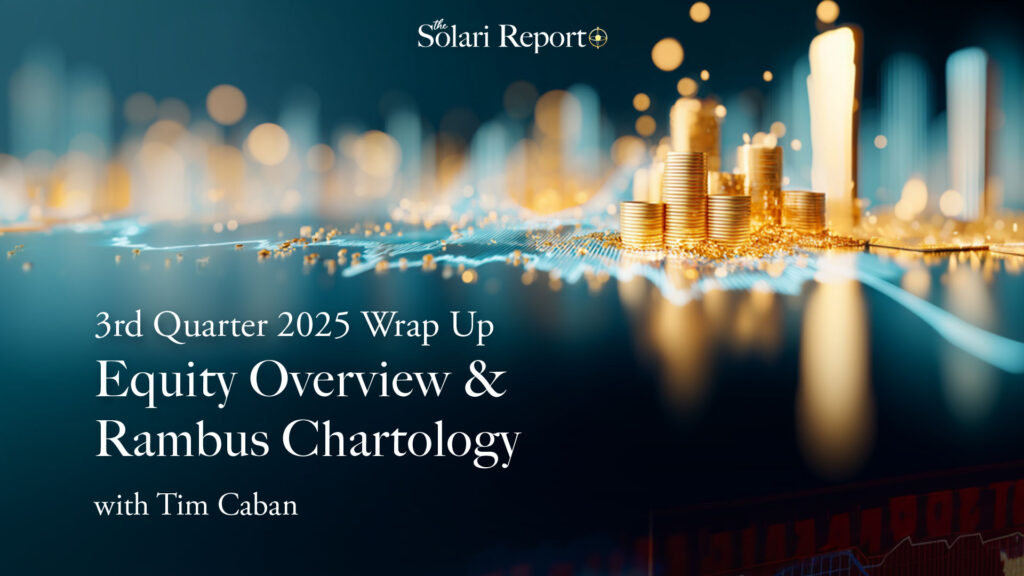
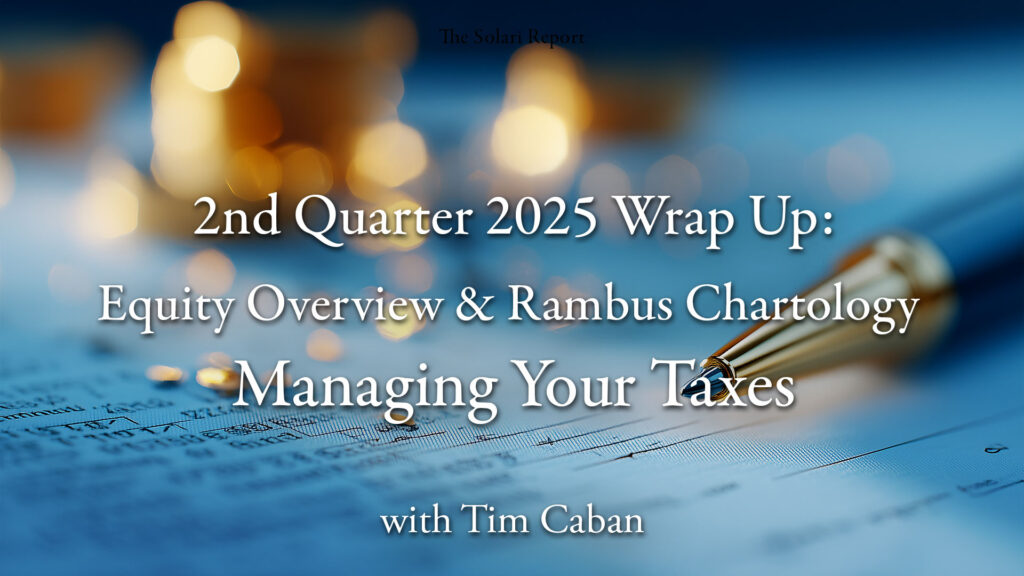
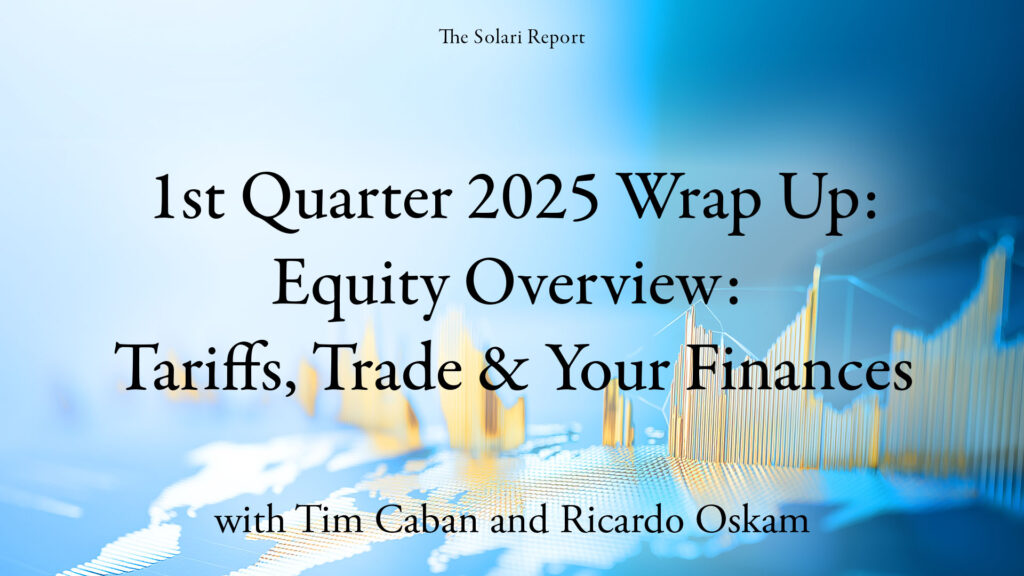

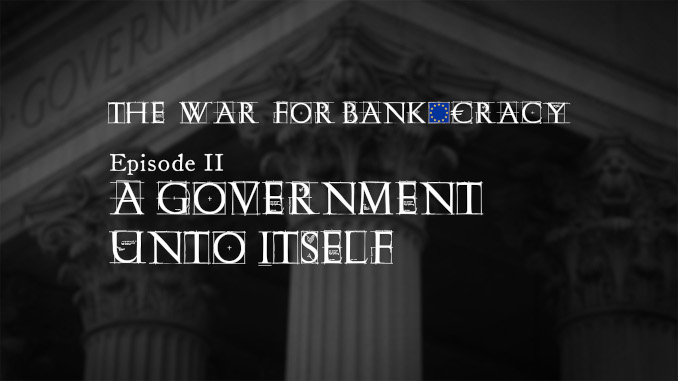


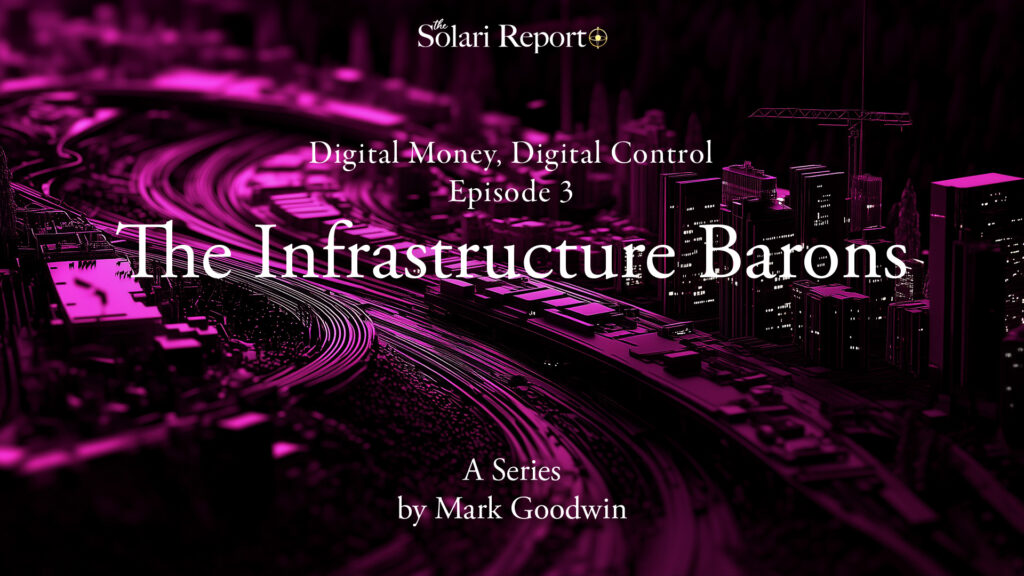
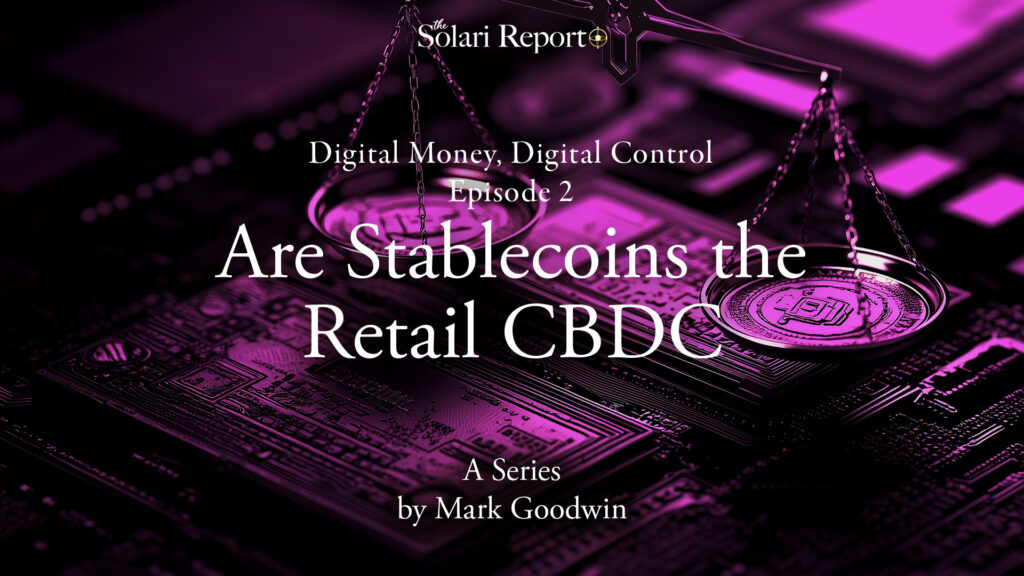

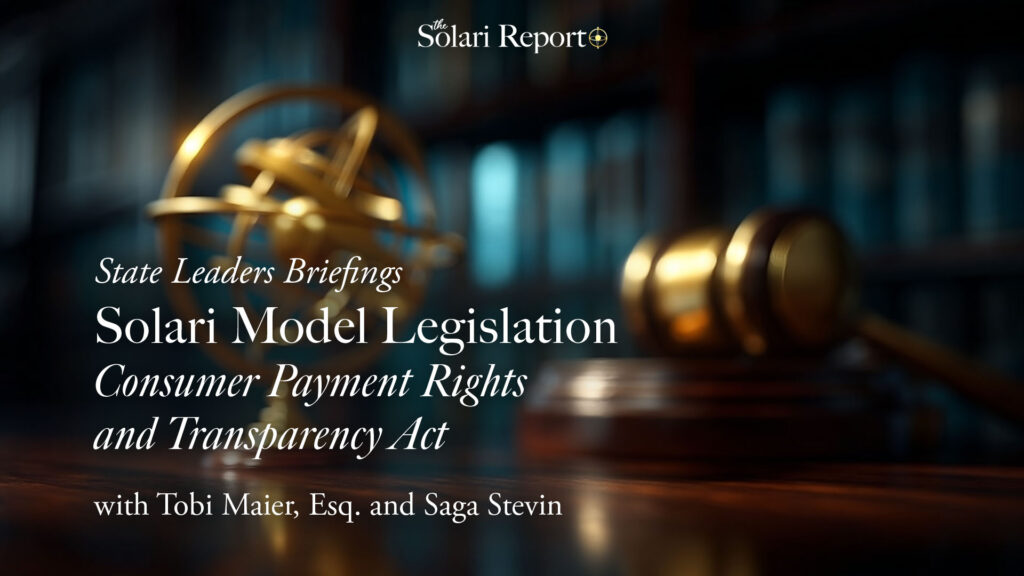
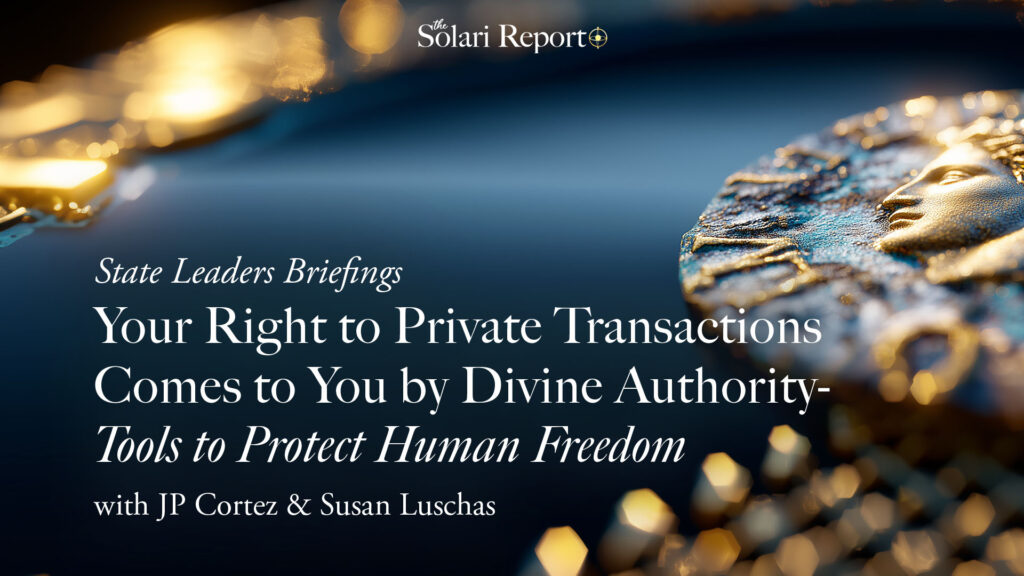
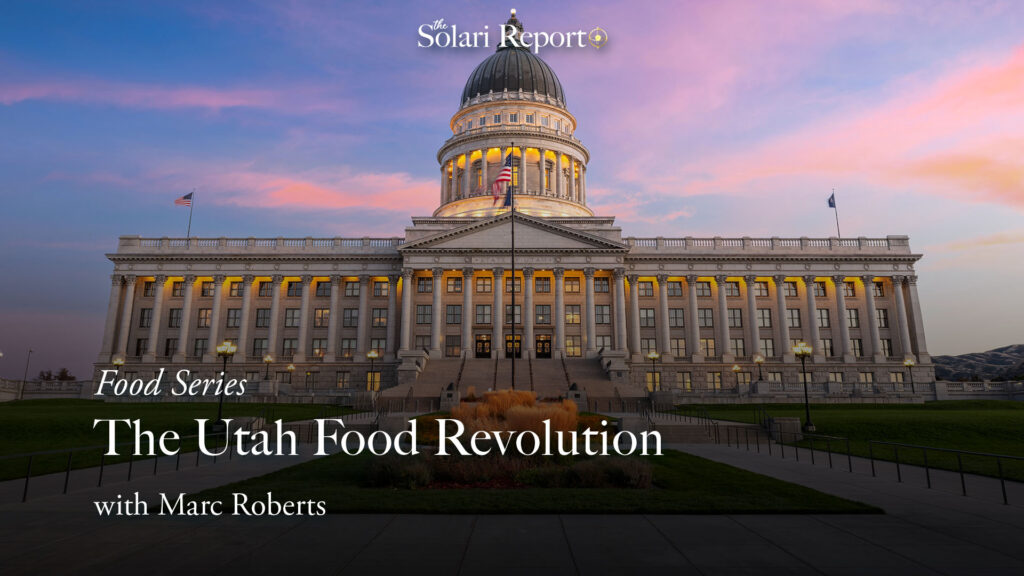





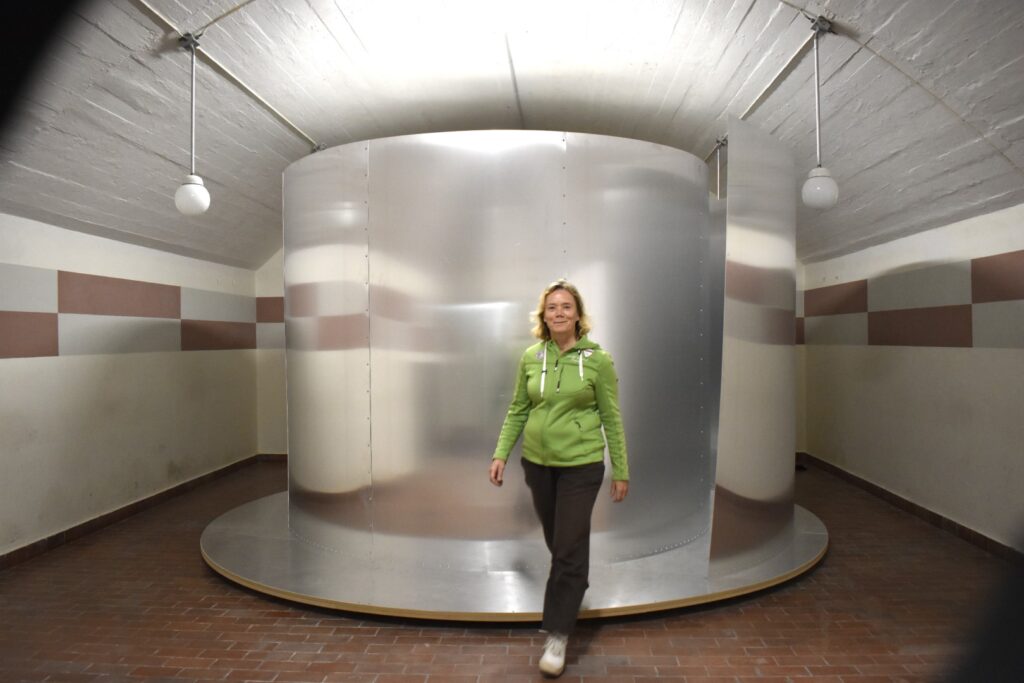






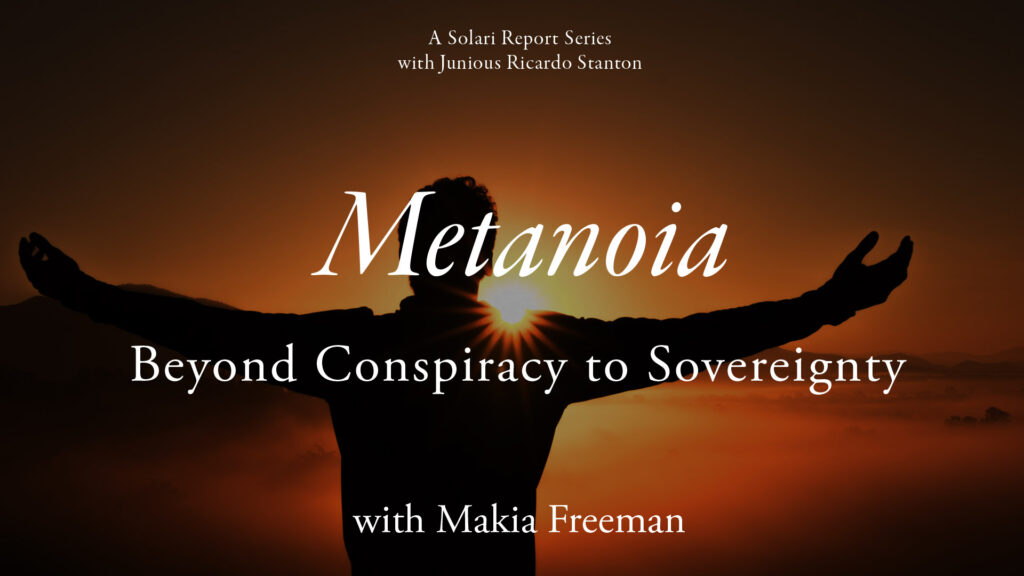









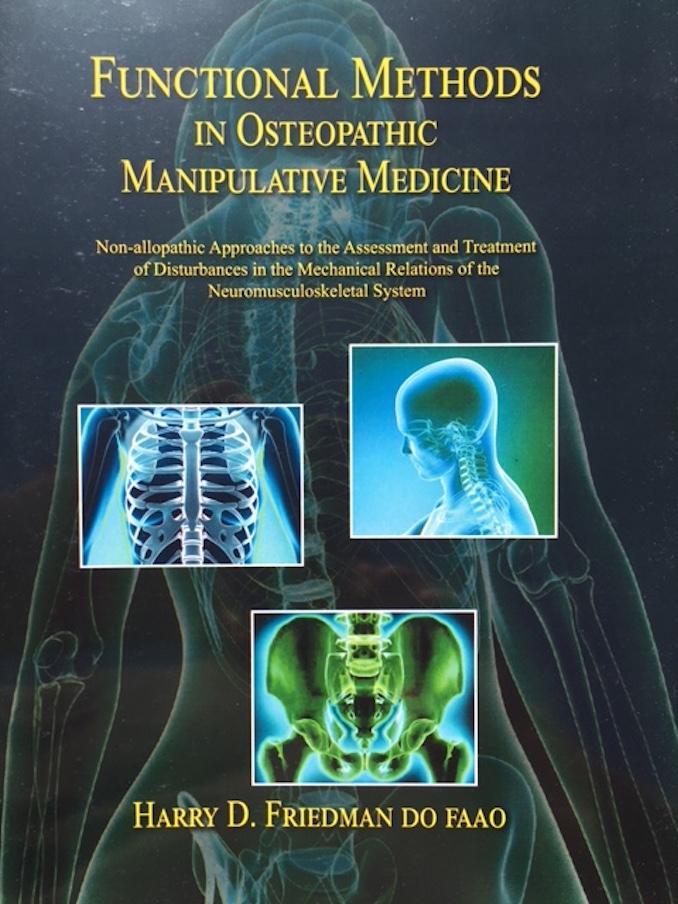






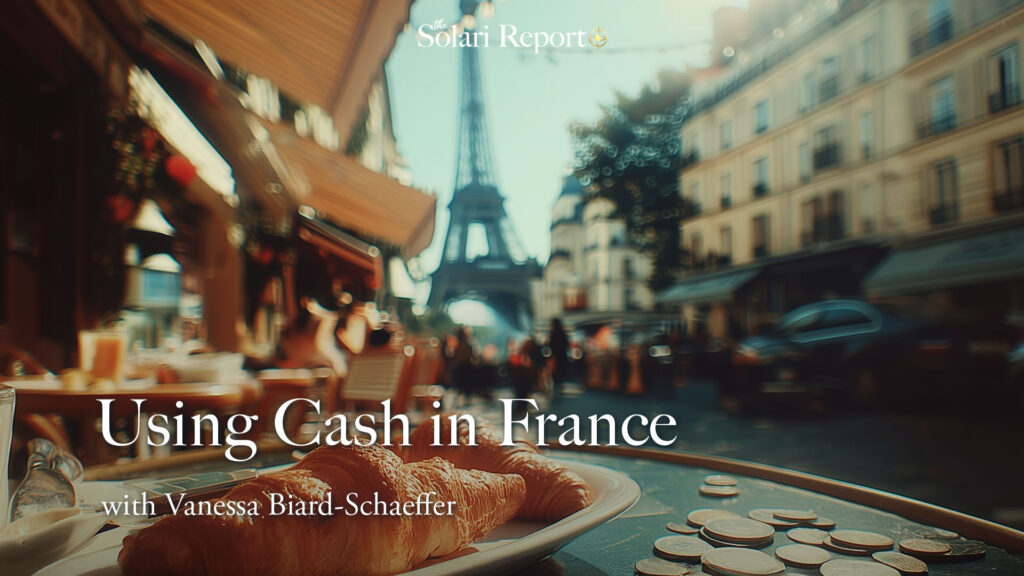















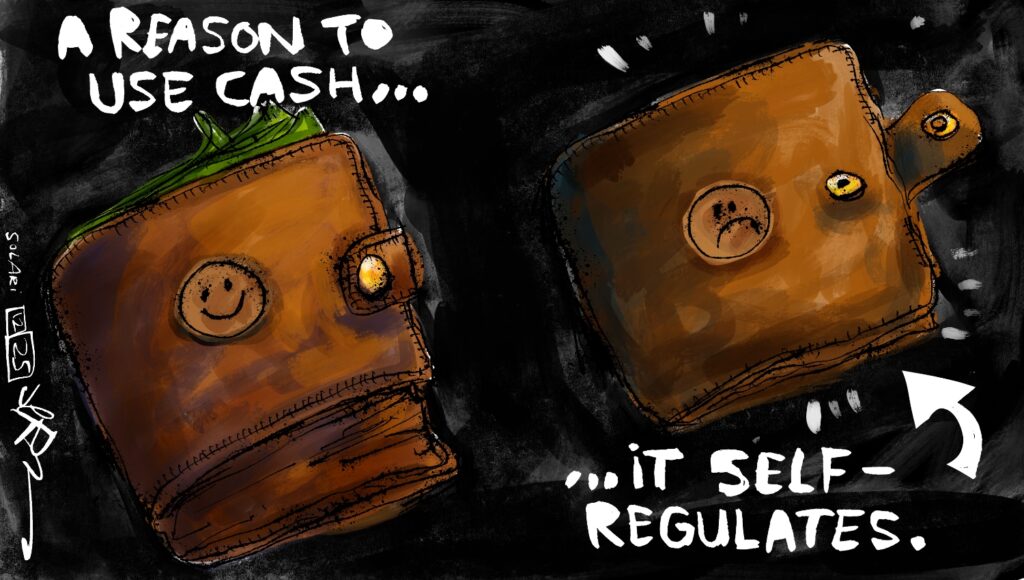

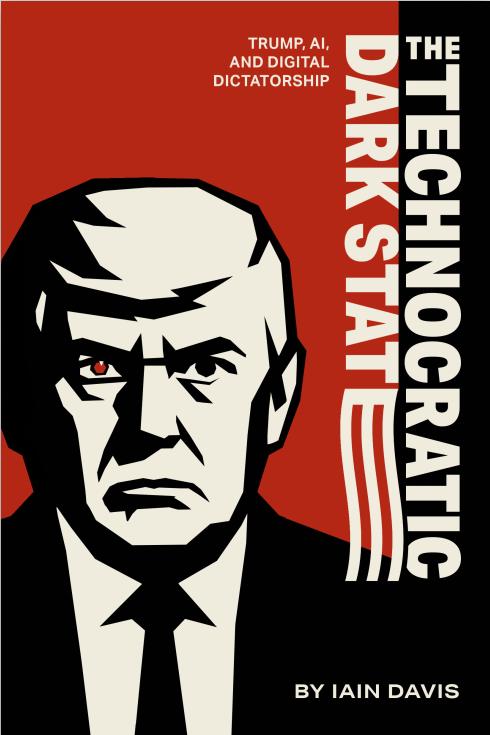
















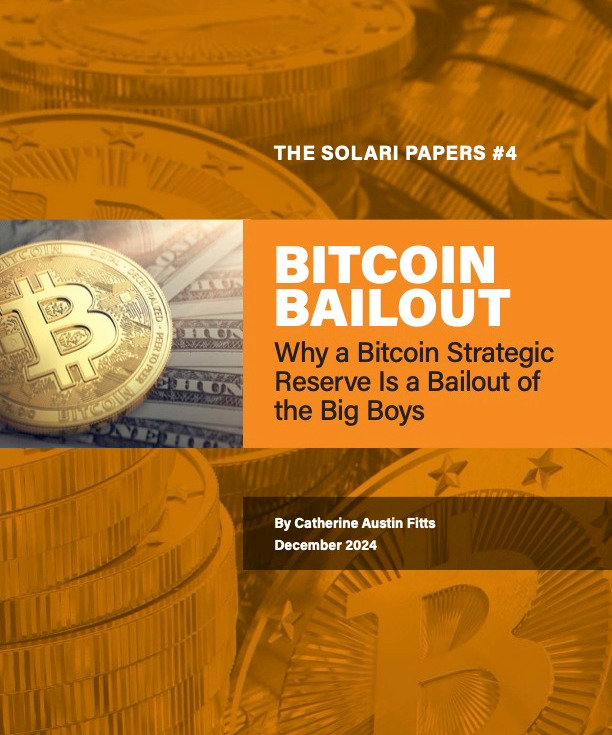
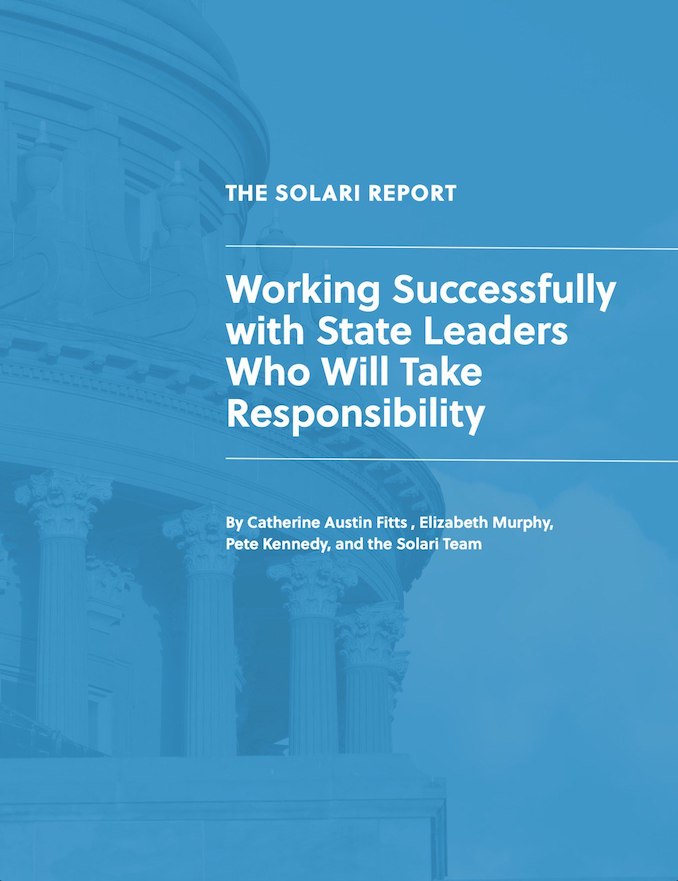


Tony:
On the recommendation of blog poster, I just finished watching the old TV series “Captains and Kings.” If you watch it, that may help you.
Catherine
Brilliant Article! Thank You! The “small group of players” is the Illuminati. Or, if you prefer a different name, it would be the arms of the Rothschild Banking Dynasty. Here you go:
I was wondering if you have heard anything about the Nasdaq’s “PORTAL Alliance”? This consortium of Rothschild-influenced banks was created in November of last year, but there has been a complete media blackout regarding any of its activities since it was created.
When you look at the list of financial institutions and banks that are “members”, everything that has happened in the financial markets since last November (a fascist coup) starts to make one uneasy…
From Forbes.com:
(1744-1812) Meyer Amschel Rothschild:
Meyer Amschel Rothschild helped invent modern banking by introducing concepts such as diversification, rapid communication, confidentiality and high volume. The superlatively discreet foreign-exchange banker diversified from the very beginning, selling antiques and procuring loans. Remarkably, Rothschild was willing to cut into his own profits in order to secure future business.
And, earlier than most, he understood that time and information meant money, and he pulled out all the stops to remain in constant contact with associates across Europe. That network came in handy when he helped finance England’s war effort during the Napoleonic Wars. Rothschild institutionalized his bank with a far-sighted will that ensured the continuation of his business. Considered a founding father of international finance, his banking empire–thanks to his five sons–had expanded to London, Paris, Vienna and Naples at the time of his death.
Corporate Heirs:
Merrill Lynch (nyse: MER ), Lehman Bros. (nyse: LEH ), Bear Stearns (nyse: BSC ), Goldman Sachs (nyse: GS )…
http://www.forbes.com/business/2005/07/21/rothschild-banking-international-cx_0721bizmanrothschild.html
——-
PORTAL Alliance:
The founding members of The PORTAL Alliance are: Bank of America, Bear Stearns, Citi, Credit Suisse, Deutsche Bank, Goldman Sachs, JPMorgan, Lehman Brothers, Merrill Lynch, Morgan Stanley, NASDAQ, UBS and Wachovia Securities.
(see: “PORTAL Alliance” – 144a)
http://biz.yahoo.com/pz/071112/131151.html
http://ir.nasdaq.com/releasedetail.cfm?ReleaseID=275224
http://www.reuters.com/article/companyNewsAndPR/idUSN1245320920071112?sp=true
http://www.portalalliancemarket.com/
THANKS CATHERN — YOU ARE ONE COURAGOUS GAL IN A WORLD FULL OF COWAEDLY BLIND GREEDY MALES HIDING IN THEIR ” GOOD OLE BOY” SUPER SECRET CLUBS —- and yes — another gutsy gal —TAYLOR CALDWELL — TRIED DESPERATELY TO WARN US YEARS AGO —- THRU HER MANY NOVELS ( CAPTAINS AND KINGS — etc ) — about what was really going on —– the people who should be most alert to dangerous enimies are sound asleep — I am speaking of most of christianity — and REFUSE TO BELIEVE IN ANY SORT OF A CONSPIRACY going on in this country — and yet JESUS covered this problem with one simple statement — ” BEWARE OF THOSE WHO DO THEIR DEEDS IN DARKNESS ” ( secrecy ) ———— PEACE KEN
Catherine, I recently ran for Congress, thought I would not do it again. You helped change my mind – I will try again…because there is no one else who is willing and able…and I must “ride to the sound of the guns” one more time. I hope to be better armed this time($).
Regards,
Tom
215-230-5330
Captains and the Kings. Is this the mid 70’s series with Patti Duke?
Tom:
Good for you!
Centexn
Yes. I just finished watching it. It is still quite relevant to our current situation.
Catherine
Catherine,
I absolutely LOVE your language “Financial Coup d’Etat”!!!! Your anecdote about the three South American women struck a personal note with me, as I have spent much of my life working in South and Central America. The process of economic and cultural colonization has nearly robbed these proud people of their land and heritage, but I believe they are a shinning example to the rest of the modern world, including us here in the USA, that people can reclaim their natural inheritance from the forces of greed and corruption. I was pleased to see you give credit to the work of Naomi Klein and Greg Palast. Are you familiar with the writings of Robert Parry?
Having recently retired, for the third time, I am now doing some consulting work and languishing in northern California. If you need a “soldier” in the fight against “de-modernization” let me know. You have my eMail address, and I will respond promptly.
Thank you for your commitment to economic justice.
ta